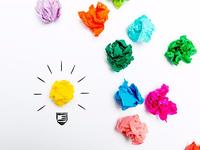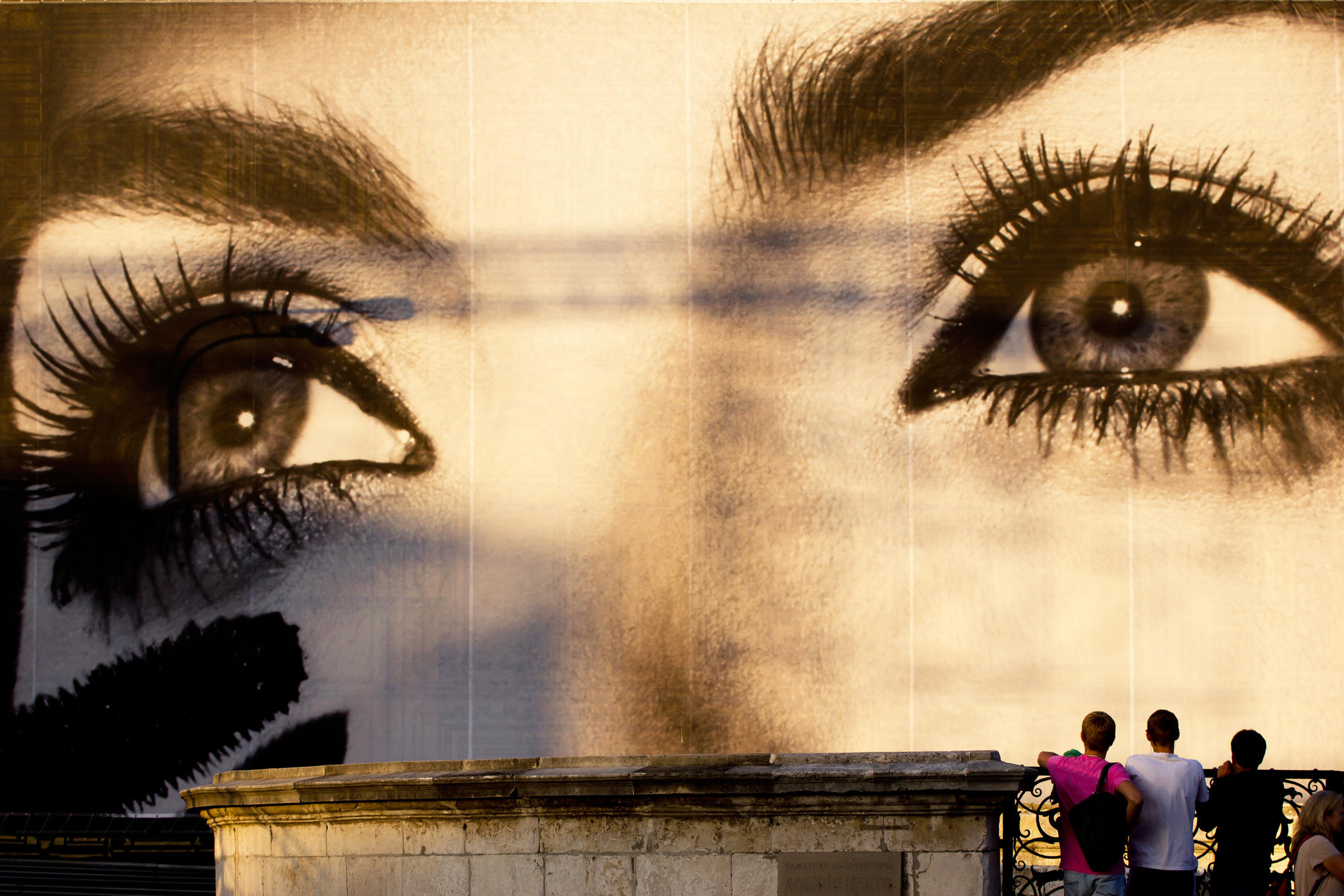The danger in this scenario is that research results become lost in the noise; that the moment of insightful clarity we strive to find is not considered or processed when real-world decisions are made, simply because it is not memorable.
A variety of methods have emerged to tackle this issue. New reporting techniques are starting to take hold. It is much more common today to see insight professionals present infographics, video vox pops or interactive stories than when I first started in the industry a fair few decades ago. These capitalise on the way our brains are wired to deliver information in a more compelling way. Visual mediums in particular can be processed 60,000 times faster than text alone.
But there is still room for improvement. We, as insight professionals, need to consider not just the medium we use to convey our message but the way it is constructed – giving thought to what makes something truly memorable.
Creating memorable imagery
No matter what is being presented, memorable imagery is a sure-fire way to get your message to stick with stakeholders. But what makes something memorable. There are a number of considerations, but they can be broadly broken down into three key themes: attention, novelty and emotion.
Attention
Studies highlight a number of strategies that can be used to grab a viewer’s initial attention. The first and foremost is movement (whether real or implied). Video comes into its element here, but it’s also possible to create the suggestion of motion in static imagery. Psychologist Aude Olivia showed subjects thousands of photographs to determine which best exemplified implied movement and were most memorable. She found that dynamic scenes that involved people interacting performed best, while landscapes performed worst.
Other tactics to achieving attention grabbing imagery involve creating high contrast environments and relying on the innate (involuntary) preference for faces.
Novelty
There is a strong case for the effect of novelty on the memorability of an image, story or experience. Research published in Nature towards the end of 2016 identified brain cells that boosted the coding of experiences into memory which were activated only during novel experiences. It has even been suggested that novelty has such a great effect that it could have applications in the treatment of medical patients that exhibit degenerative memory related declines.
In terms of how to create novel stories, experiences and imagery – a number of approaches can be taken, but here are a few of my favourite. Deliberate errors involve taking a recognised object and changing an aspect to make it unfamiliar. Think of a lion with zebra stripes or a chair with three legs.
Another method is to place objects in unfamiliar situations, creating a slight juxtaposition that requires mental effort to unpack. Famous examples of this approach to novelty that spring to mind include The Cadbury Gorilla and the album cover to Nirvana’s Nevermind.
Finally, consider purposeful polysemy – or the strategic use of ambiguity, where multiple meanings could be derived from a single image or statement. Such a practice has long been a staple of the advertising profession, causing viewers to exert just enough cognitive effort to help code an advert into long term memory. Absolut vodka capture the spirit of this tactic visually with a series of print ads that capture the product’s unique shape as formed by different subjects. In fact, this holds the record for the longest uninterrupted advertising campaign ever – running for over 25 years across 1,500 different ads.
Emotion
Finally, emotion is a powerful device. A highly detailed memory around the point a surprising or emotionally rousing data point was encoded is known as a flashbulb memory. It is these extremely short, but detailed and salient memories that insight professionals should aim to produce. In practice, doing so is difficult. But theory suggests there are three distinct elements that work together to create these memories:
- Importance and distinctiveness of the information
- Consequences and surprise
- Degree of personal involvement
If researchers can find way to present data that draws on these three elements, then the chances of crucial information being remembered at the point of key decisions will be significantly heightened.
Art in stakeholder engagement
In order to experiment with these themes and push the boundaries of stakeholder engagement, FlexMR have been creating insight-led artworks that transform consumer opinions into unique and creative pieces of art. So far, we have tackled some of the UK’s largest sectors – from representing the state of retail as a painted Lowry/impressionist mashup, to showing how a retro pop-art poster is the best analogy for the modern travel industry.
Through these artworks, we want to demonstrate that it’s possible to create memorable deliverables that engage and resonate with stakeholders on a deep, emotional and human level. That, we believe, is the key to driving action and ensuring research informs decision makers in crucial moment. Find out more, and how you can get involved, here.








0 Comments